Once you’ve figured out that your clutch is kaput (see our article on TDI Clutch Failure) you can determine which clutch you’d like to replace it with.
What clutch is in my car?
First step is to determine which clutch your car has, in case you’d like to simply replace your clutch with a stock one.
VW has used several clutch types in TDIs, mostly made by Sachs or LUK. Early TDIs (A3 Jetta and B4 Passat) used a single-mass flywheel and a Sachs clutch. This is not, contrary to what some say, the same clutch as used on VR6 cars from that era, although many suppliers sell VR6 clutches are replacements for the stock setup.
From 1999.5 onwards VW TDIs were equipped with a dual-mass flywheel design. Basically, the inner piece that gets power from the engine is separate from the outer piece that pushes against the clutch disk, and the two halves are attached using heavy-duty springs. This dual mass setup counter-acts vibrations from the engine and reduces vibration at idle and resonances at speed.
Early A4 TDIs (99.5 and very early MY2000 cars) had LUK DMF and clutch setups. Many drivers favor the LUK because it can hold more power (approx 50 ft/lbs more) than the Sachs setup, has a lighter pedal and very smooth engagement, and seems to be very durable. During the 2000 model year VW switched to DMF and clutch made by Sachs. Although it drives similarly to the LUK (slightly heavier pedal, not quite as smooth) it is weaker than the LUK, and slipping is likely once a TDI is modified.
What’s the best replacement setup?
There are lots of clutch options for TDIs including stock replacements, stock single-mass setups, and upgraded kits. Listed below are some of the available options, including torque capacity and handling ability. Although South Bend Clutches (SBC) are listed here as upgrades, there are many other upgrade manufacturers out there including ACT, SPEC, and DC.
For more recent TDIs with a DSG (automatic) transmission, options are limited is the DSG Clutch pack. It’s an Original Equipment stock replacement.
Name; Flywheel Type; Torque Capacity; Pedal Feel; Comments
- Valeo Replacement Kit; Single Mass; 230 ft/lbs. (5 speed); Stock; Kits are available for all TDIs, including 6 speeds. 6 speed kit handles more torque.(6 Speed Complete Clutch Replacement Kit)
- SACHS Quiet Clutch & Flywheel Replacement Kit; Single Mass; 275 ft/lbs; (5 speed); Stock; Most common replacement choice.
- SACHS Clutch Kit for DMF; Dual Mass (uses OE); 250 ft/lbsStock; Stock replacement for A4 TDIs.
- SACHS G60/VR6 Kit; Single Mass; 300 ft/lbs.; Stock; Great for moderate power upgrades, 14, 17, and 22 lb. flywheels available.
- South Bend Stage 2 Daily for SMF; Single Mass; 325 ft/lbs.; Heavier than stock; Organic material on both disk surfaces. Stock engagement feel.
- South Bend Stage 2 Endurance for SMF; Single Mass; 425 ft/lbs.; Heavier than stock; Uses Feramic (sintered iron) on the flywheel side of the disk. Stock engagement feel.
- South Bend Stage 2 Endurance for DMF; Dual Mass (Sachs)380 ft/lbs.; Heavier than stock; Same as SMF Stage 2 Endurance kit, but uses OE flywheel from MKIV cars.
When choosing a clutch, first priority is picking one that will handle any current and planned power modifications. Clutches are expensive and require significant labor to install, so it’s best to pick a setup that has enough headroom for future modifications. Keep in mind that manufacturers measure torque handling capability at the crankshaft. Wheel torque ratings will be approximately 15% less than crankshaft ratings.
Dual Mass Flywheels or Single Mass
Read all about these two designs in our article Dual-Mass vs Single-Mass Flywheels
Sintered Iron? Kevlar? Organic/Metallic? Clamping force? What’s all that about?
When aftermarket clutch companies make upgraded clutches, they usually start with stock components (SACHs pressure plate and disk, for example) and modify them. They have two ways to increasing the clutch’s holding power:
- Higher clamping force
- Better friction materials (better=more grip)
Deciding how to meet torque handling goals is a balancing act between pedal weight (how hard the clutch is to push), engagement characteristics (gradual or abrupt), and wear characteristics. Stock clutches are made of low metal organic materials and have low friction–the materials are chosen for long life and driveability. Clutches made with a little higher organic metal content are little different from stock in their pedal weight, except that they have better grip. Kevlar clutches have greater gripping power, but their engagement is abrupt. Finally, clutches made from sintered iron have the most grip combined with a pedal weight similar to stock.
Clutch makers also increase clamping force by modifying the spring mechanism in the pressure plate. However, increasing the clamping force makes for a heavier pedal, so some makers limit increases to 20% of so to maintain stock-like driveability. Too high a clamping force can also damage crankshaft bearings.
All companies will be able to tell you what materials they use and how much they increase clamping force on their clutch setups.
Sorting it all out
Some closing comments:
- LUK OEM (VW packaged, not the aftermarket replacement) clutches handle more power than the SACHs equivalent setup.
- Pick a clutch with enough power-handling ability for current and future upgrades
- Make sure you’re not choosing something that you will not enjoy driving because of abrupt engagement or a heavy pedal.
There are lots of upgrade options for TDIs. Sort the data and shop with your goals in mind and you’ll end up with a setup that will be a pleasure to drive, handle your power, and last a long time.

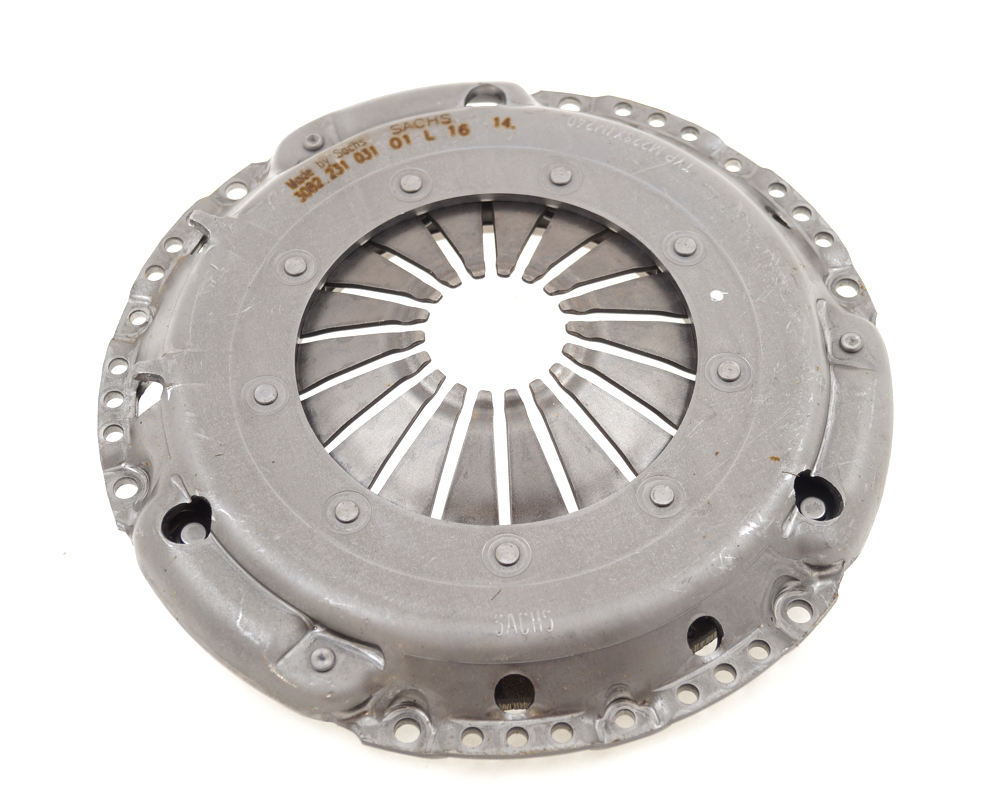
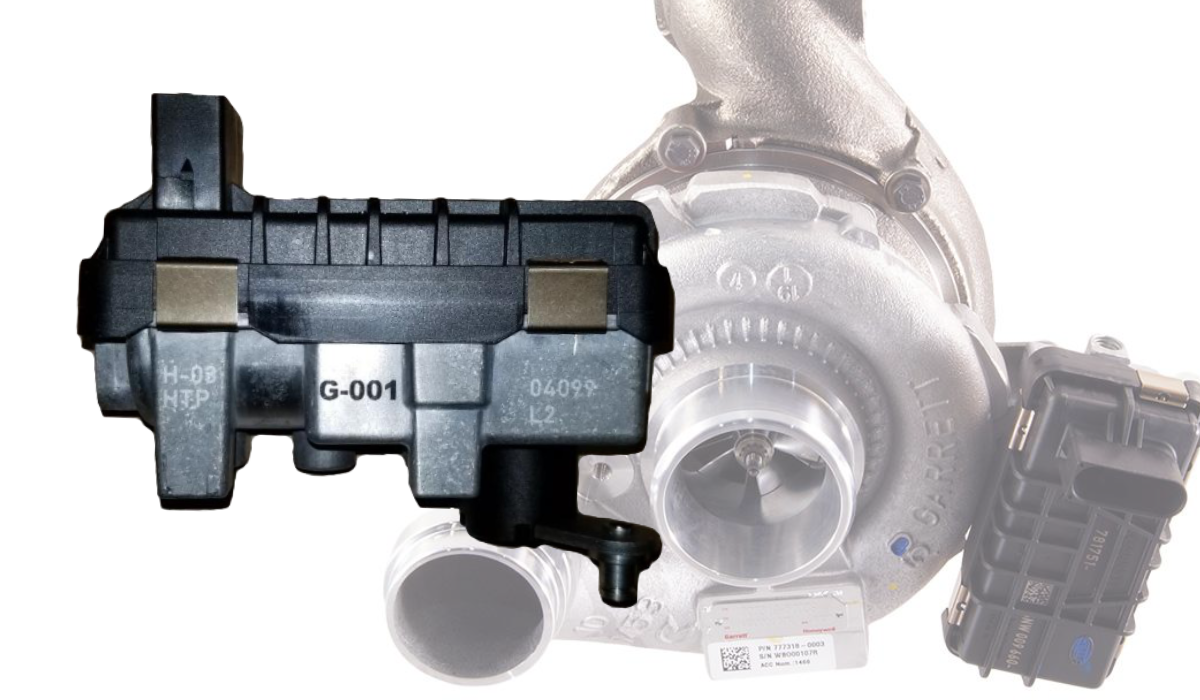
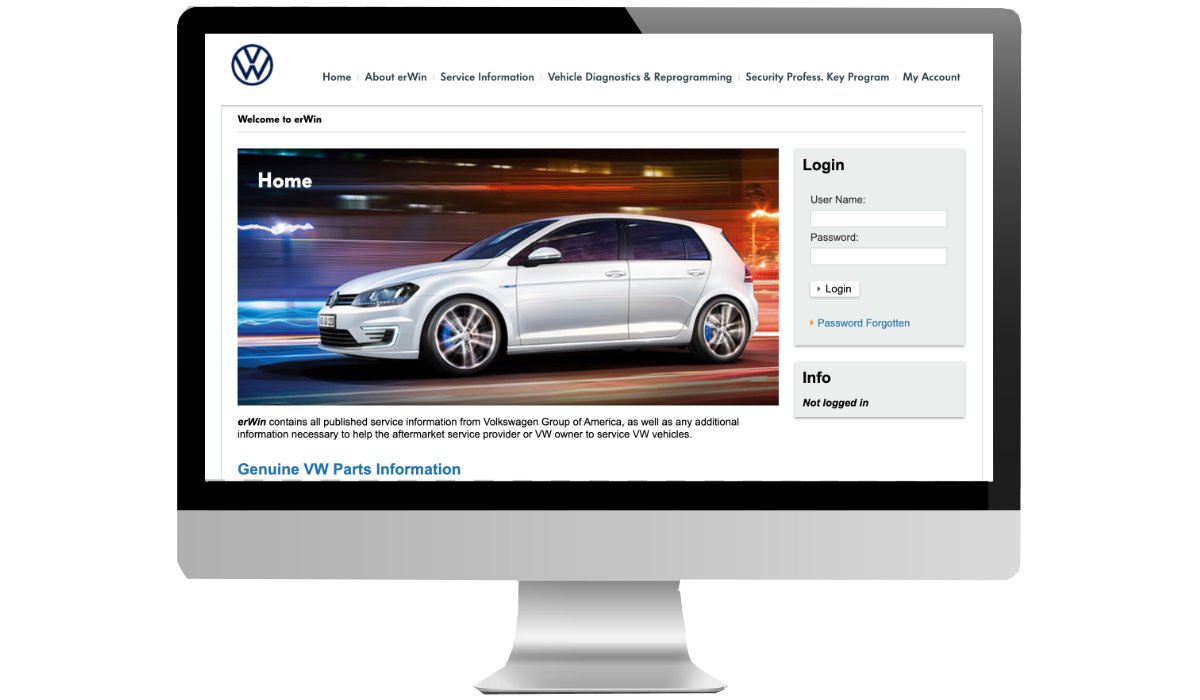
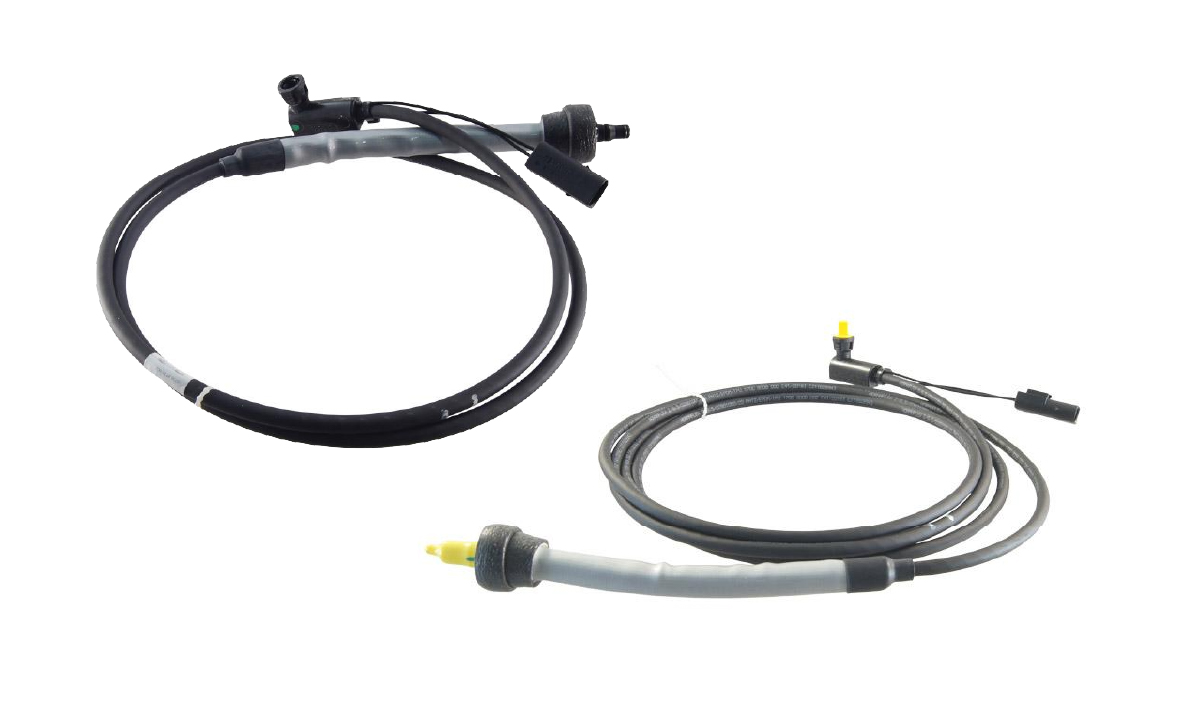
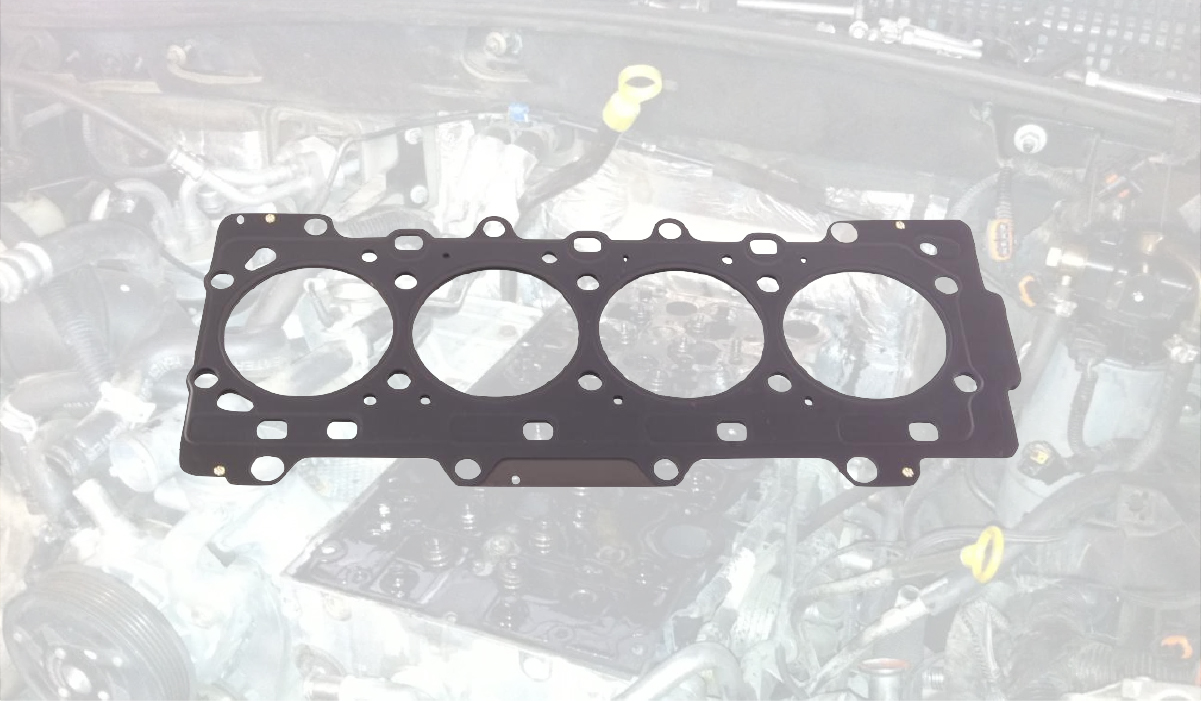
Leave a Reply